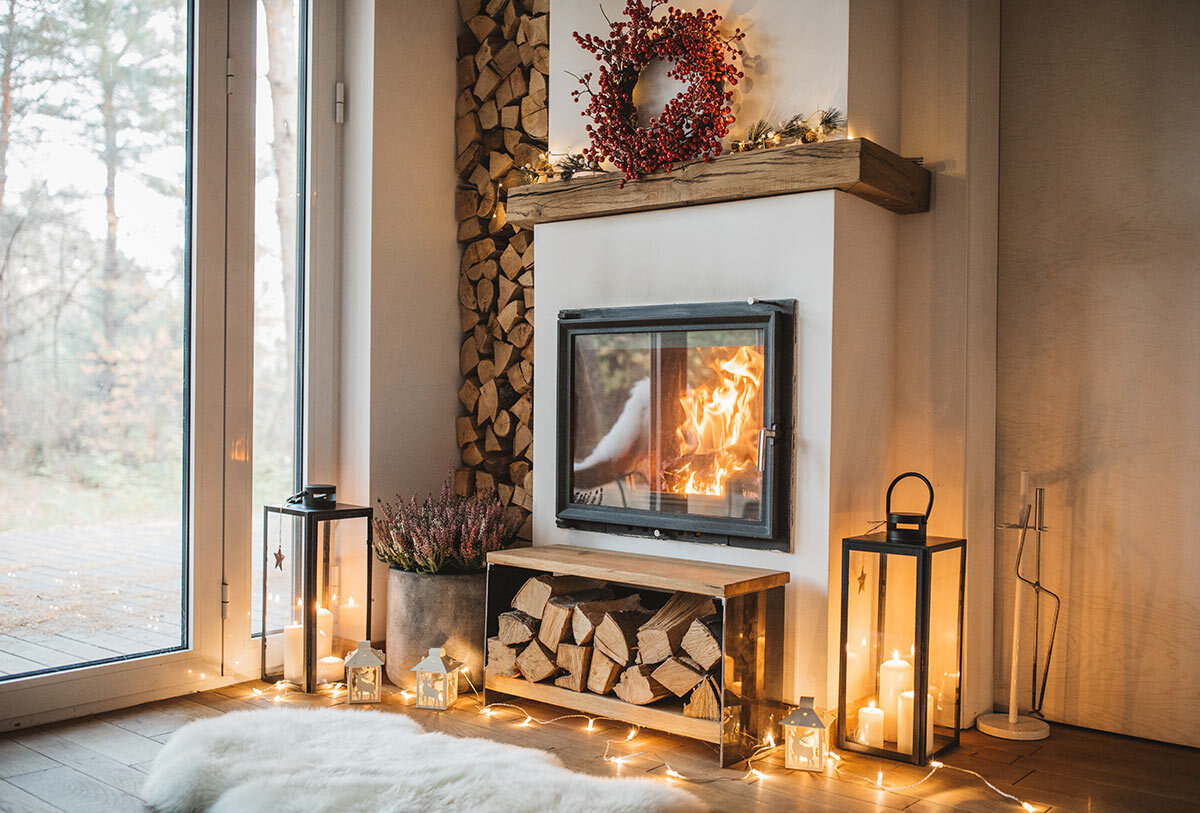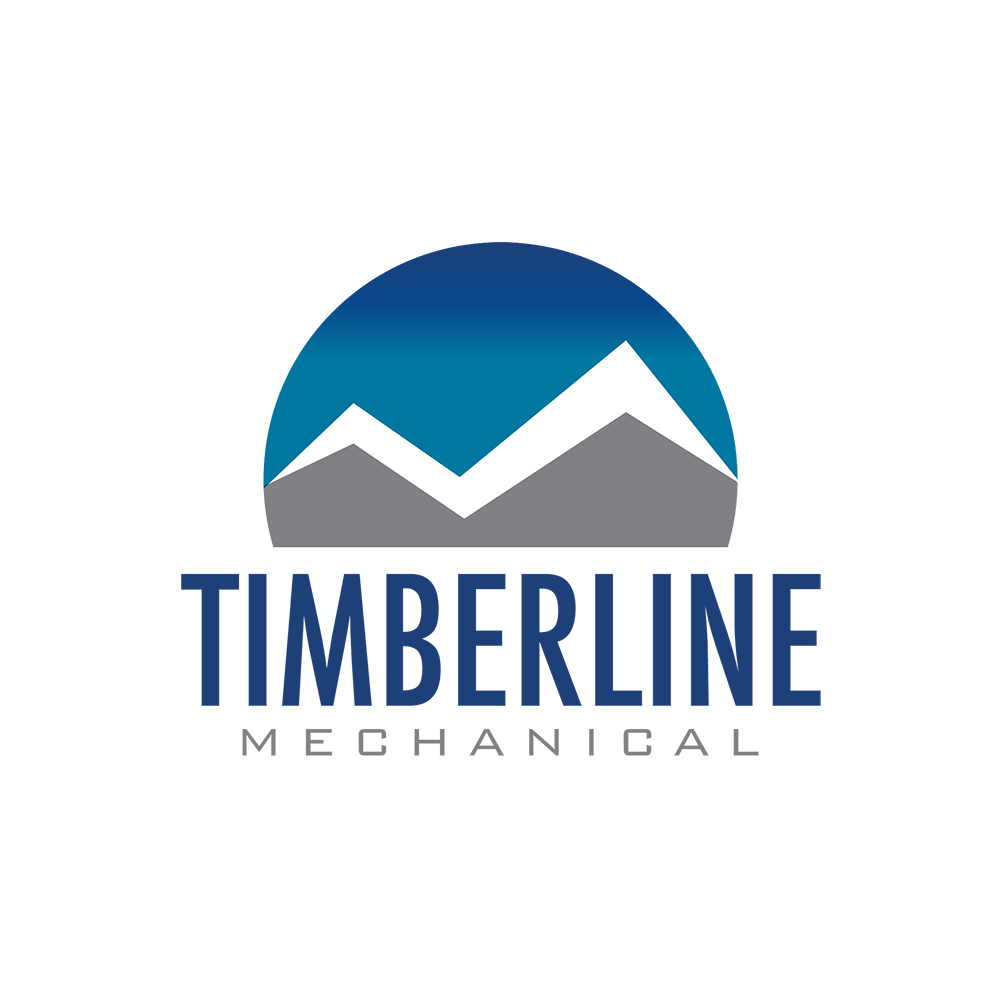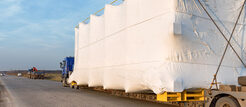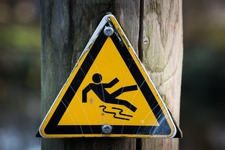Nothing beats the warm glow of a flickering candle or fire in the fireplace on a chilly fall day or winter evening. Many people consider the ambiance it creates an essential element of the season. However, it’s important to understand the change in indoor air quality that candles and fireplaces create.

Flames of any kind release substances into the air that can be harmful if not managed properly. Plus, even if the volume of those substances is short of causing health risks, they can still produce symptoms like eye and throat irritation.
So, by all means, enjoy candles and fireplaces! Just be sure you take steps to minimize any potentially adverse effects.
How Poor Indoor Air Quality Affects Your Health
Our goal in this article isn’t to convince you to stop burning candles or fires in your fireplace. Our team members and their families certainly enjoy them from time to time! But it’s crucial to know how they affect indoor air quality and, as a result, affect your health.
Understanding the relationship can help you make the connection between any symptoms you experience and the potential cause. That knowledge can provide insight into whether you should cut back on indoor burning or take additional steps to mitigate the impact on your health and comfort.
Indoor air pollutants in sufficient quantities can cause or worsen:
- Eye irritation
- Nose and throat irritation
- Allergy attacks
- Headaches
- Dizziness
- Fatigue
- Respiratory diseases
- Heart disease
- Cancer
Of course, it would likely take excessive use of candles or your fireplace to increase your risk of the more serious of these consequences. But, again, awareness is important.
Candles and Indoor Air Quality
Burning materials produce soot. That’s true even when the source is a tiny candle wick. And soot is an irritant to the eyes and airways.
Be aware that not all candles are the same. Those made with lower-quality materials are likely to release more harmful substances into the air. So, the first step in mitigating the effects of burning candles is to avoid “bargain” varieties.
Also, paraffin wax is made from petroleum byproducts, so it may have more of an impact on you and the environment. Beeswax, soy and stearin candles tend to be better options.
Additional tips for reducing the impact of burning candles include:
- Trim wicks to one-quarter inch before lighting them.
- Avoid heavily scented candles.
- Don’t use candles in small, enclosed spaces.
- Burn candles where they won’t be affected by drafts to ensure a low, consistent flame.
- Avoid burning candles in containers with narrow openings.
Ensuring that your HVAC system is functioning properly and the air is circulating appropriately in your home or business is also crucial. Actions like changing your furnace filter as recommended by the manufacturer and scheduling an annual inspection by a trained HVAC technician can help.
Fireplaces and Indoor Air Quality
Not surprisingly, with their larger flames, fireplaces have a more significant impact on indoor air quality than candles. Both wood-burning and gas fireplaces introduce chemicals, like carbon monoxide and others, into your indoor air. Burning wood also releases fine particles that can be inhaled.
Fireplaces with a chimney flue can cause another issue. As heated air rises through the chimney, it creates negative pressure. That pressure can have the unintended consequence of pulling radon gas into your living space.
The amounts of harmful gas and airborne material released by fireplaces tend to be minimal. However, frequent or extended use of a fireplace increases your exposure to them. So can ventless or “vent-free” gas fireplaces. As the name suggests, they don’t have a chimney and instead vent heat and the byproducts of burning directly into the indoor environment.
To minimize the impact on your health and comfort from using your fireplace, you should:
- Ensure the flue is open before you start using the fireplace.
- Warm the fireplace and flue with a smaller fire to create an updraft before adding more fuel.
- In wood-burning fireplaces, use thoroughly dried wood.
- Don’t burn painted or stained wood.
- Have your fireplace, flue and chimney professionally serviced annually.
As with burning candles, you can also reduce the impact of using your fireplace by ensuring your HVAC system is working correctly. Proper maintenance and an annual inspection are essential.
Be Mindful of Injury and Fire Risks From Candles and Fireplaces
No article on candles and fireplaces would be complete without mentioning the injury and risks associated with them. Flames, melted wax and hot metal in and around a fireplace can cause severe burns, so keeping children and pets at a safe distance is critical.
Candle and fireplace flames can spread if not properly managed. Never leave either unattended.
When burning candles, keep them away from flammable materials and out of drafts that can cause flames to grow. As noted above, trim wicks to one-quarter inch and remove trimmings before lighting a candle. Never touch or move a candle while it’s burning, and don’t burn candles for more than four hours.
Keep flammable materials (papers, books, rugs, decorations, kindling, etc.) away from your fireplace. Use caution when adding or adjusting the positioning of logs. Also, be sure to fully extinguish the fire in a wood-burning fireplace or turn off a gas fireplace before you leave the house or go to bed.
And finally, it’s a good idea to have functioning fire extinguishers in your home and know how to operate them—whether you use candles or a fireplace or not.
Maximize the Quality of Your Indoor Air With Help From the Experts
Good indoor air quality is essential to the health and comfort of anyone at your home or business. Having Timberline Mechanical inspect your HVAC system regularly provides multiple benefits.
First and foremost, it ensures the system works efficiently and effectively and promotes proper air circulation and ventilation. Just as importantly, a quick, cost-effective visit by a trained HVAC technician should give you and others peace of mind about the proper and uninterrupted operation of your heating equipment.
We also install and service products like whole-house air scrubbers and other ionization and UV technologies that help maintain excellent indoor air quality.
Contact Timberline Mechanical today to learn more about our residential, commercial and industrial HVAC services.
About Timberline Mechanical
Timberline Mechanical is a Boulder HVAC Contractor located in Boulder, CO, and serving the Colorado Front Range, including Broomfield, Longmont, Louisville, Lafayette, Superior and Erie. We are dedicated to providing the intelligent solutions necessary to keep your Boulder Commercial HVAC equipment running efficiently and at its peak performance. Whether we are completing a service call request, providing Commercial HVAC Preventive Maintenance or conducting Special Projects work, we offer intelligent commercial HVAC solutions to ensure that your business needs are met. You can focus on your business while we make sure your commercial HVAC equipment is running smoothly. https://www.timberlinemechanical.com/
Timberline Mechanical Media Contact
John Kuepper
Owner
+1 303-258-3589







